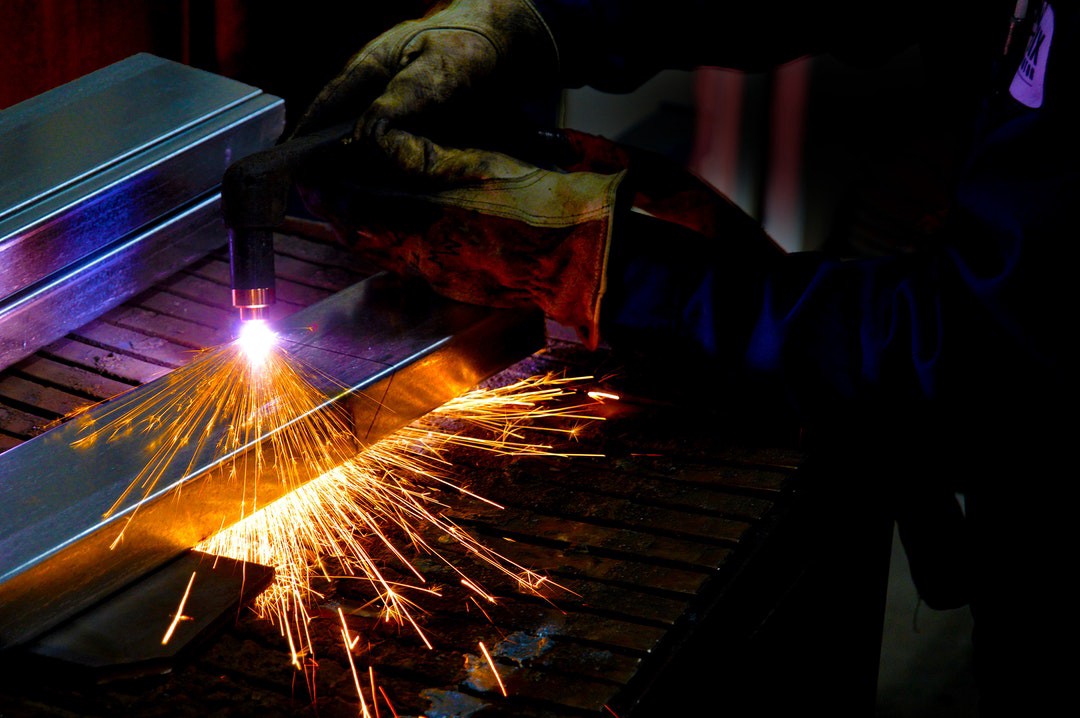By conducting a welding inspection, the different characteristics of a weld can be evaluated. Some of these can be related to the size of the weld while others are related to the presence of the welds’ discontinuities or weld defects.
What Is Welding Inspection?
Welding inspection is the use of technological applications to inspect or assess the quality of the welds. It is also to confirm the presence, location, and coverage of the welds. Third-Party Inspection Agency performs the Welding Inspection, in various ways, such as NDT Testing and as per ASTM or any Customer Specific requirements. But in case non – availability of Spefic requirements or requirements not provided by the client organization. In this case, the Third- Party Inspection of welded products is performed by standard QAP developed by Third-Party Inspection Agency. With the prior consent of its clients and perform the Third-Party Inspection considering the given below checkpoints
In the field of manufacturing, welds are used to connect two or more metal surfaces. As the welds carry the brunt of loads, they can encounter fatigue which may be detrimental if the proper inspection is not carried out.
There are many reasons why welding inspection should be carried out. However, the most prominent reason is to ensure that the welds are of the quality that will allow them to carry out their performance to the max.
In most cases, the quality of the welds is determined on the basis of which functions it performs. There are a few ways to tell if a weld is correct.
1) Distribution
One way through which you can know if a weld is correct is through its distribution between two surface materials. It must be equally distributed.
2) Waste
The weld should be free from any waste such as slag. After cooling, the slag should be removed easily.
3) Porosity
The surface of the weld should not consist of any irregularities, bumps, or porous holes (porosity). Porous holes usually indicate weakness.
4) Tightness
The joints must be tight. If not, then it points to a weld problem.
5) Leak-proof
If you are working on an item that contains liquid or gas, a leak is a sure and obvious way to guess if there is any problem or not.
6) Strength
If the welds are not able to demonstrate the required strength, then that is also another way to determine if the weld is correct.
The Types of Welding Inspection
1) Visual Inspection
Visual Inspection is the most common welding inspection method. In this, the naked eye is used to analyze the weld material for any defects. If implemented efficiently, it is the most inexpensive method to get good results.
2) X-Ray Inspection
X-Ray Inspection is a non-destructive method of welding inspection. This method is used to see the underside and inside of welded materials. It is recorded on radiographic films and gives a comprehensible reading in order to know how durable the welded materials are.
3) Ultrasonic Inspection
Ultrasonic Inspection is a non-destructive method through which sound wave frequency is analyzed to test for proper echoing within welded pipes. Any abnormalities in the sound wave frequency are tracked in order to reject any welds.
Welding Inspector In India
On the part of the welding inspector, the individual must be in possession of a wide array of knowledge such as welding drawings, symbols, procedures, joint weld design, inspection and testing techniques, etc.
Therefore, the welding inspector is required to be formally qualified. In order to gain the certification of a welding inspector, you must pass a welding inspection exam.
